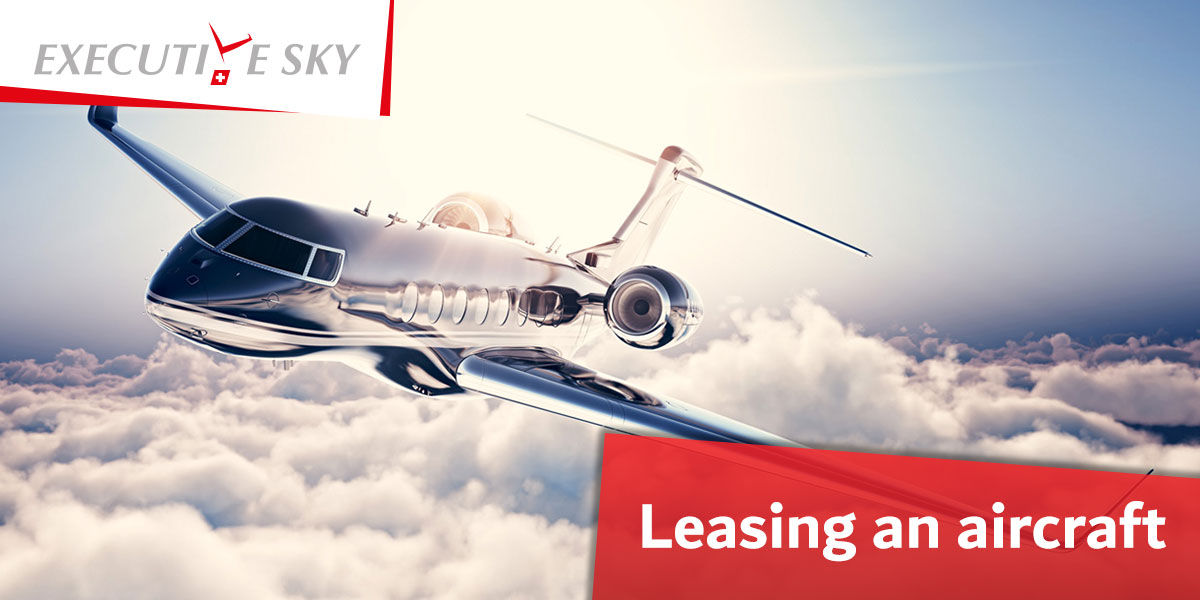
Leasing an aircraft
Introduction into leasing in aviation
When an aircraft owner leases an aircraft, this simply refers to transferring the aircraft without the ownership title. The lessor (the owner) will keep the legal title of the plane but the possession transfers to the lessee and all operations will be handled by them.
There are a number of reasons why an Operator would lease an aircraft. Firstly and most importantly, leasing an aircraft means the operator can increase their capacity. Commercial airlines regularly lease aircraft for this reason too. But air charter operators also have a requirement for additional capacity. Another key reason an operator might lease an aircraft is because of money. Leasing serves as an attractive option that gives operators an alternative to purchasing a new or used jet and thus freeing them from the financial stress of a purchase.
Wet leasing Vs. Dry leasing
The Federal Aviation Administration views a wet lease as an operation where the lessor (aircraft owner) provides the aircraft, along with the flight crew and retains operational control of all flights. The owner of the aircraft must also conduct maintenance and obtain the necessary insurance to operate. This arrangement is also referred to as (ACMI) which stands for aircraft, crew, maintenance and insurance. In comparison, dry leasing refers to an operation where the lessor supplies only the aircraft and the lessee (air operator) flies the airplane or provides the flight crew himself, without any interference from the lessor.
An important thing to note, is that during a dry lease operational control shifts from the lessor to the lessee. Having full operational control means that the lessee is entirely responsible and acts as the authority over initiating, conducting and terminating a flight.
What is the best option?
Once you have decided you would like to engage in an arrangement to lease an aircraft, then comes the decision on which leasing agreement you would like to enter into.
Generally the decision should be based on a number of factors, including whether you would like to have a sense of ownership from your lease. In addition to this, considering if you’ll need an aircraft with a crew provided to you. If you already have a flight crew a dry lease may suit you better. A dry lease does supply you with maximum freedom, however this option does also come with more expenses as you will be solely responsible for the insurance of the aircraft and to ensure maintenance is handled in accordance to the governing authority. On the other hand, wet leasing does serve as a fantastic way to experience the enjoyment of aircraft ownership without a lot of the concerns. For example, when you partake in a wet lease agreement you will benefit from the plane itself, the flight crew, the insurance and also the maintenance of the aircraft will be taken care of by the lessor. Both leasing options come with their unique benefits and the choice should be individual to your specific needs and requirements.




 akkawi.ch
akkawi.ch